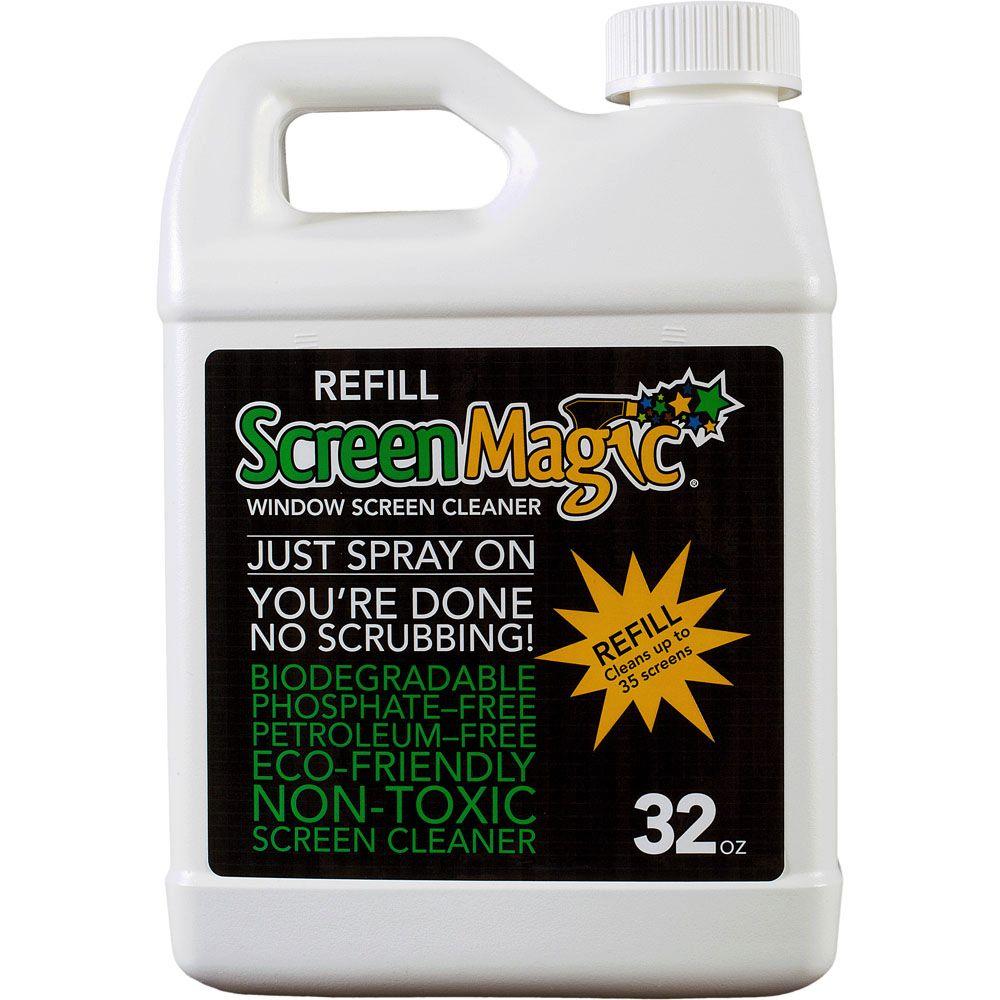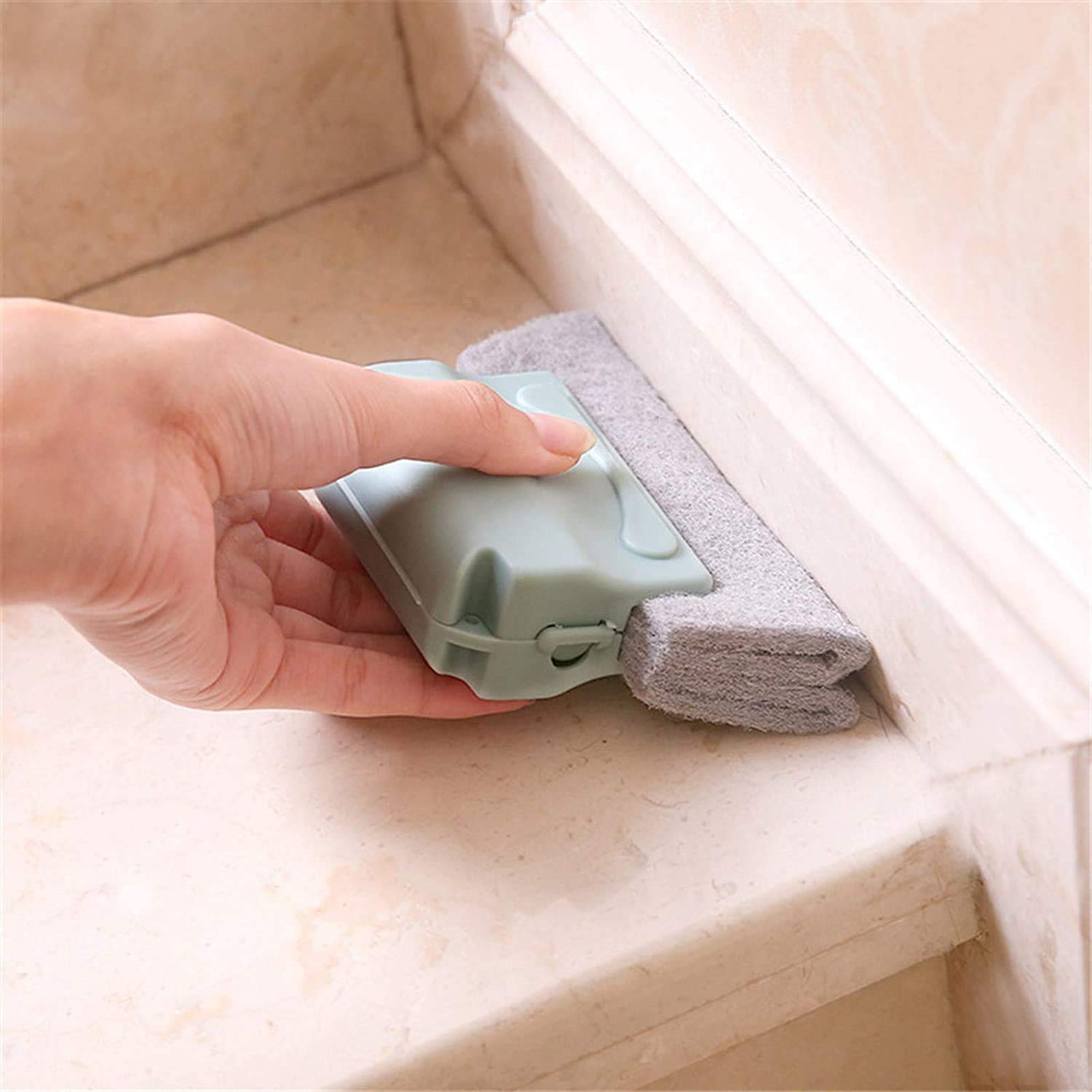
Not all window cleaning products need the power of isopropanol, chlorine, butoxyethanol, and ammonia to be effective, nor do they need chemical fragrances to hide strong smells. Some companies add phthalates as an odor-enhancing agent, but they are a chemical plasticizer rather than a truly organic fragrance additive like lavender, tea-tree oil, and eucalyptus. These are synthetic chemicals called diethyl phthalate or diethylhexyl phthalate. Pleasant odors help product marketing, and the regulating authorities see glass cleaning fragrances as confidential and proprietary information.īeware of cleaning products using fragrances containing phthalates. The human memory strongly links to odors, both pleasing and offending. Because these fragrances are not harmful and add a unique characteristic to cleaners, the EPA does not require manufacturers to include fragrance chemicals on product labels. Secondly, these scents mask harsh odors like chlorine, ammonia, and butoxyethanol.Īs mentioned, most added fragrances are organic compounds found in natural plants. Primarily, cleaner makers want their products to smell pleasant to increase user experience and encourage future sales since many users associate strong smells with their cleaning products and shop accordingly. Speaking of strong smells, many glass cleaning product manufacturers add fragrances to their liquid cleaners. These are the most common raw materials and ingredients you’ll find in commercial glass cleaners. Besides, most fragrance additives in window cleaners and similar products are plant-based materials and generally harmless.

Federal law mandates that all cleaning product manufacturers list their chemical contents on the label, except for fragrance ingredients, which are private proprietary information. Next time you are purchasing window cleaning products, make sure to read the label and examine what ingredients they contain. Solvents createĬhemical reactions that dissolve dirt, fat, grease, or mineral compounds and make them Solvents are chemicals that molecularly attack and destroy contaminants.Surfactant action from chemicals like ammonia loosenĬontaminant grip, causing them to molecularly release or dislodge. Surfactants are chemicals that molecularly surround contaminants and break their hold orīond on glass surfaces.Here are definitions of the two cleaning chemical action terms. One is “surfactant.” The other is “ solvent.” Both are chemical actions that lead to effective window cleaning. You will hear two main terms when talking window cleaner chemicals. It provides the liquid base to add the remaining ingredients which make up a Windex® solution. The Windex® cleaner formula includes the prime ingredient as water.

It clearly lists the ingredients you will find in a Windex® bottle. If you are wondering what Windex is made of, have a look at the SC Johnson website. Even the site recognizes Windex® Original Glass Cleaner for reigning supreme because it cuts through grime, doesn’t streak, and is cost-effective.

That includes soaps, detergents and general glass surface cleaners like Windex®. According to the website authority, the American cleaning compound industry generates more than $60 billion in annual sales. Windex® as a chemical window cleaner is tremendously popular as a consumer product. Windex is such a common name, it has become a verb - such as when someone says they are going to "Windex® the windows." Windex®, by brand name, is America’s most recognized commercial glass cleaner. Chemicals in glass cleaners vary depending on the manufacturer.


 0 kommentar(er)
0 kommentar(er)
